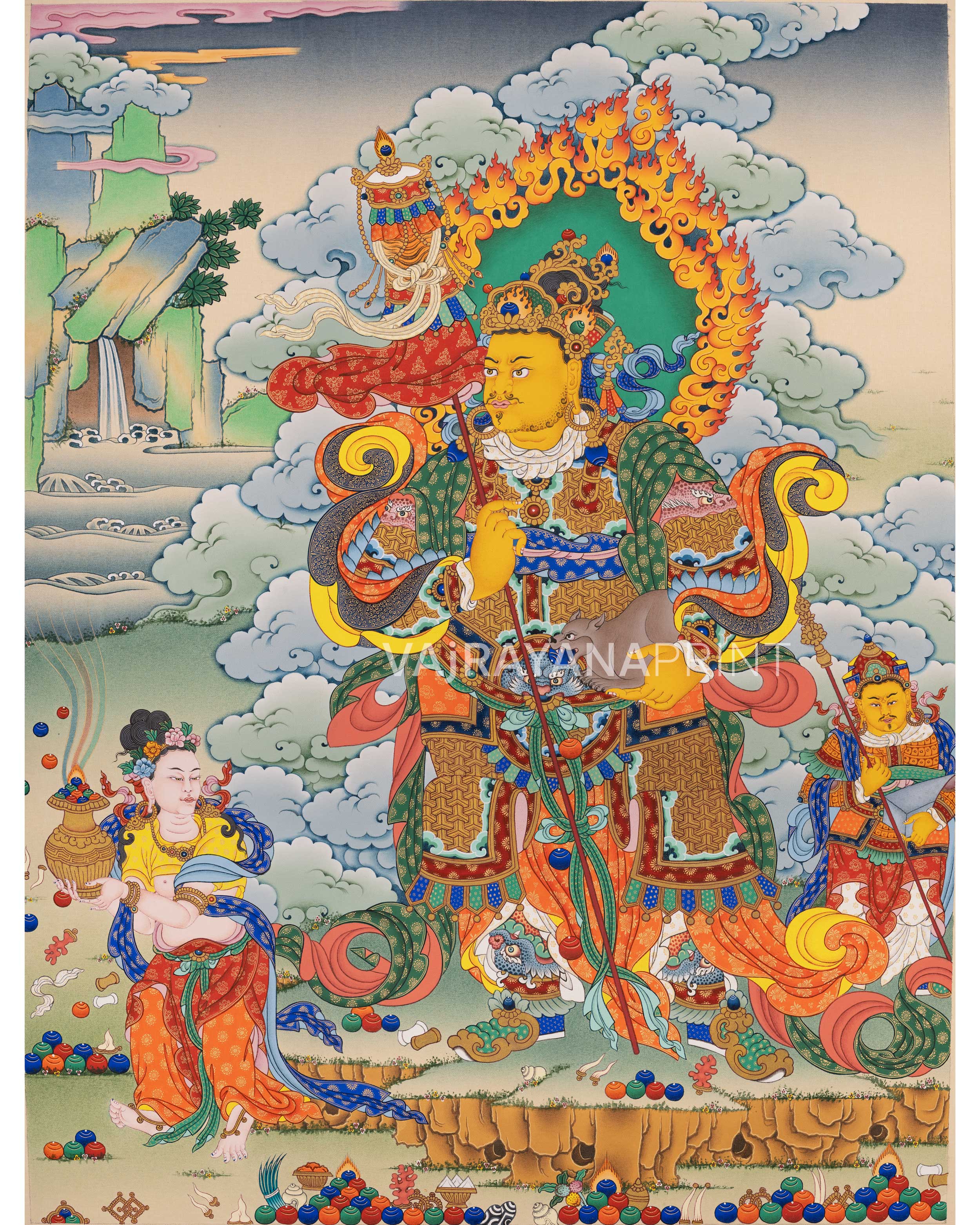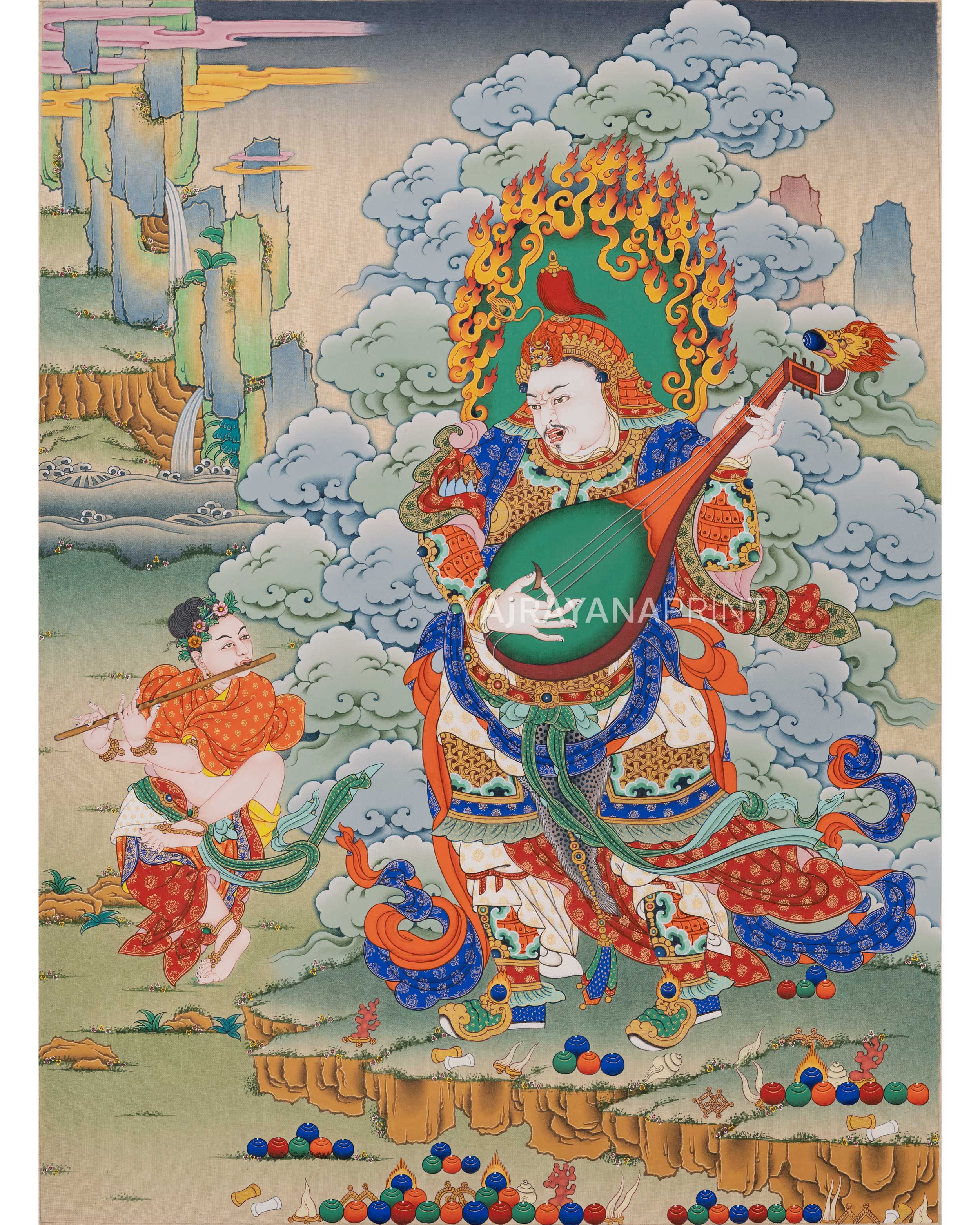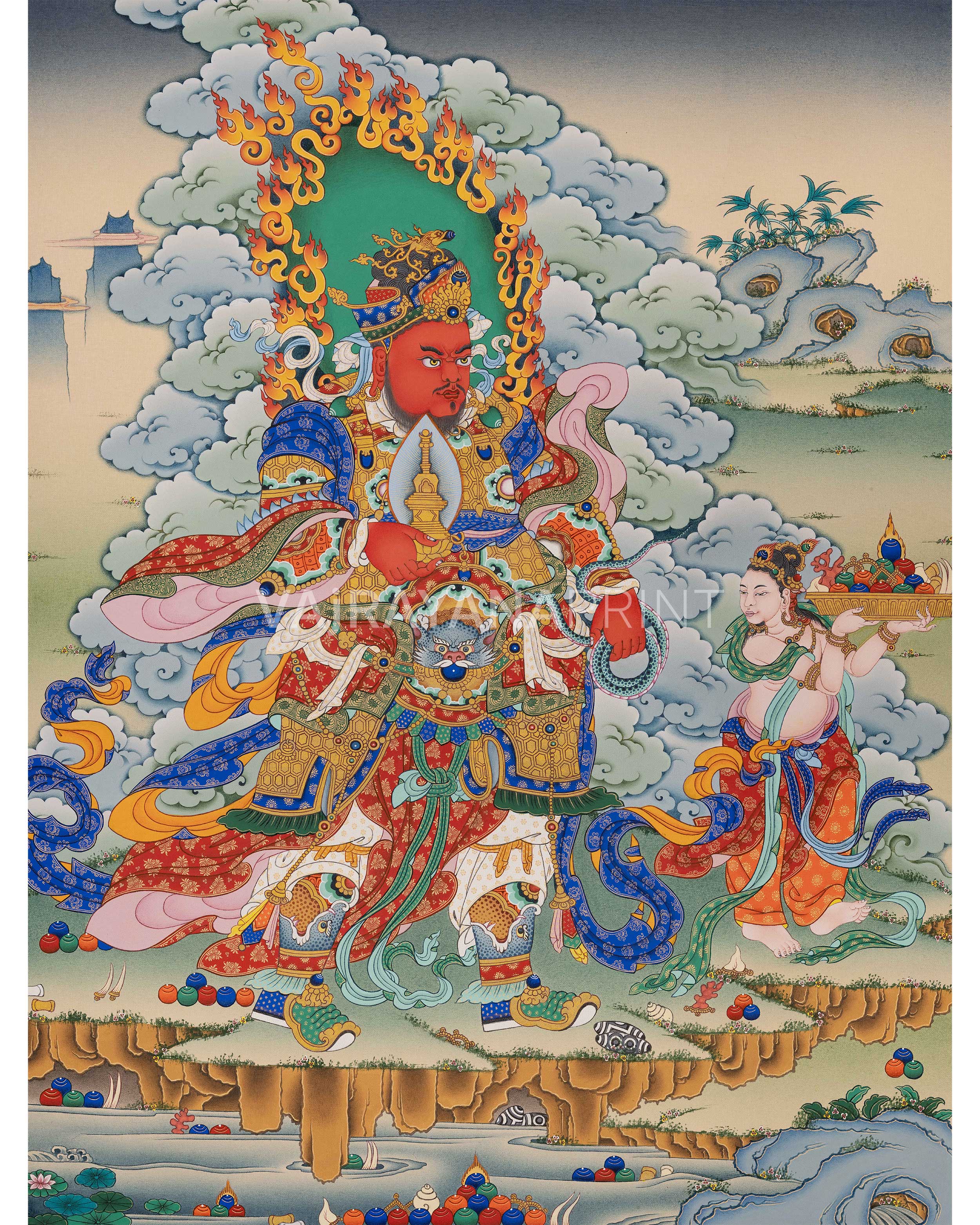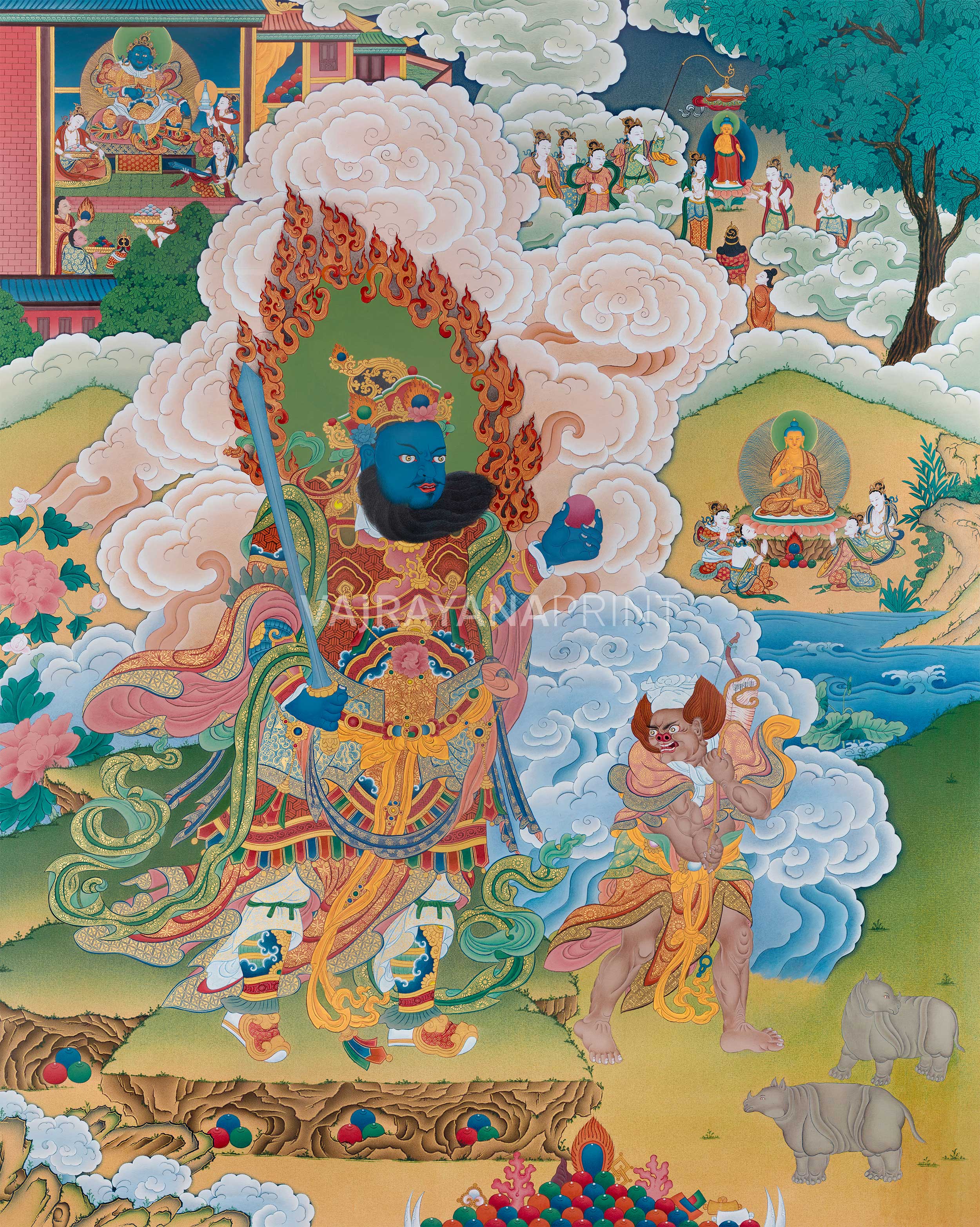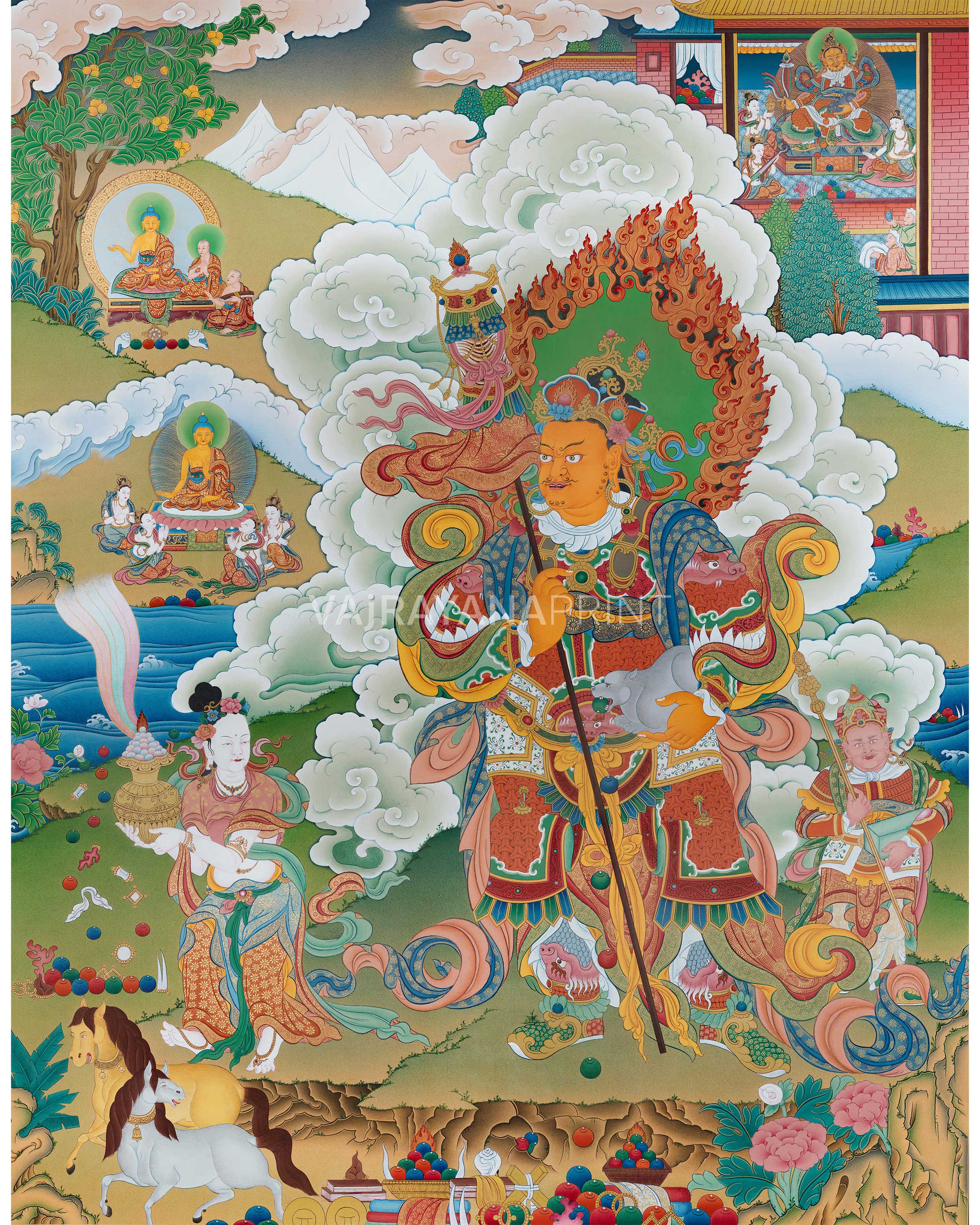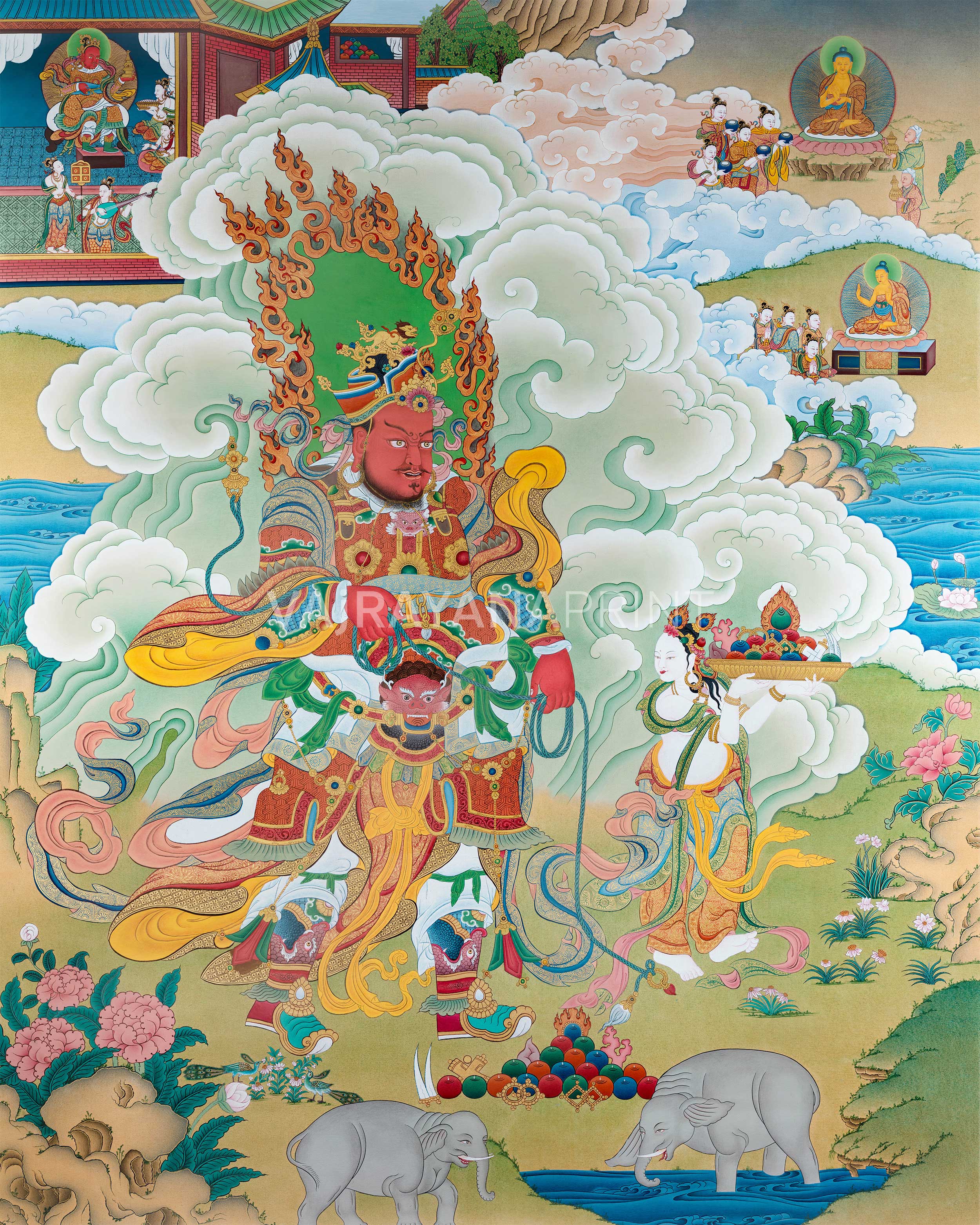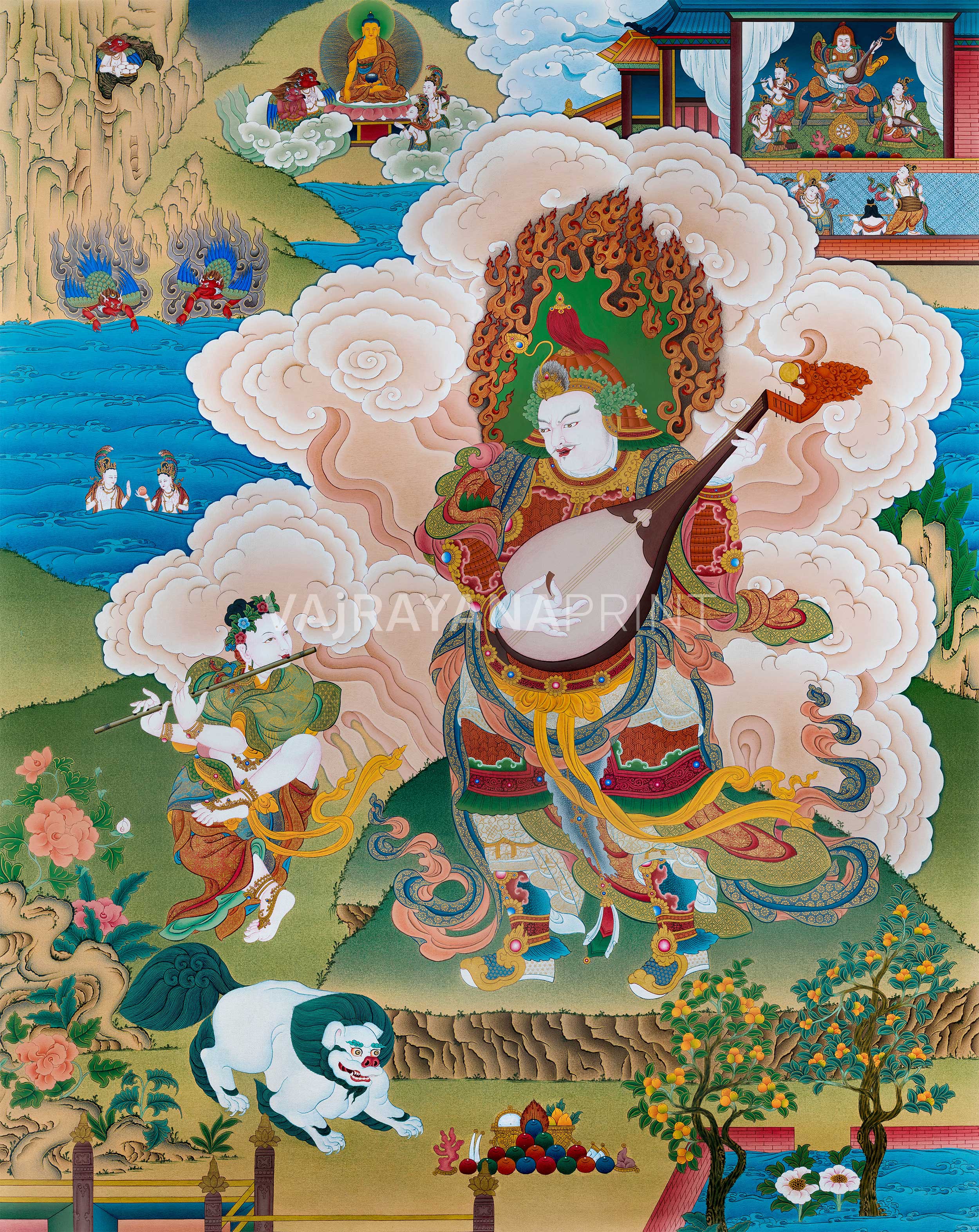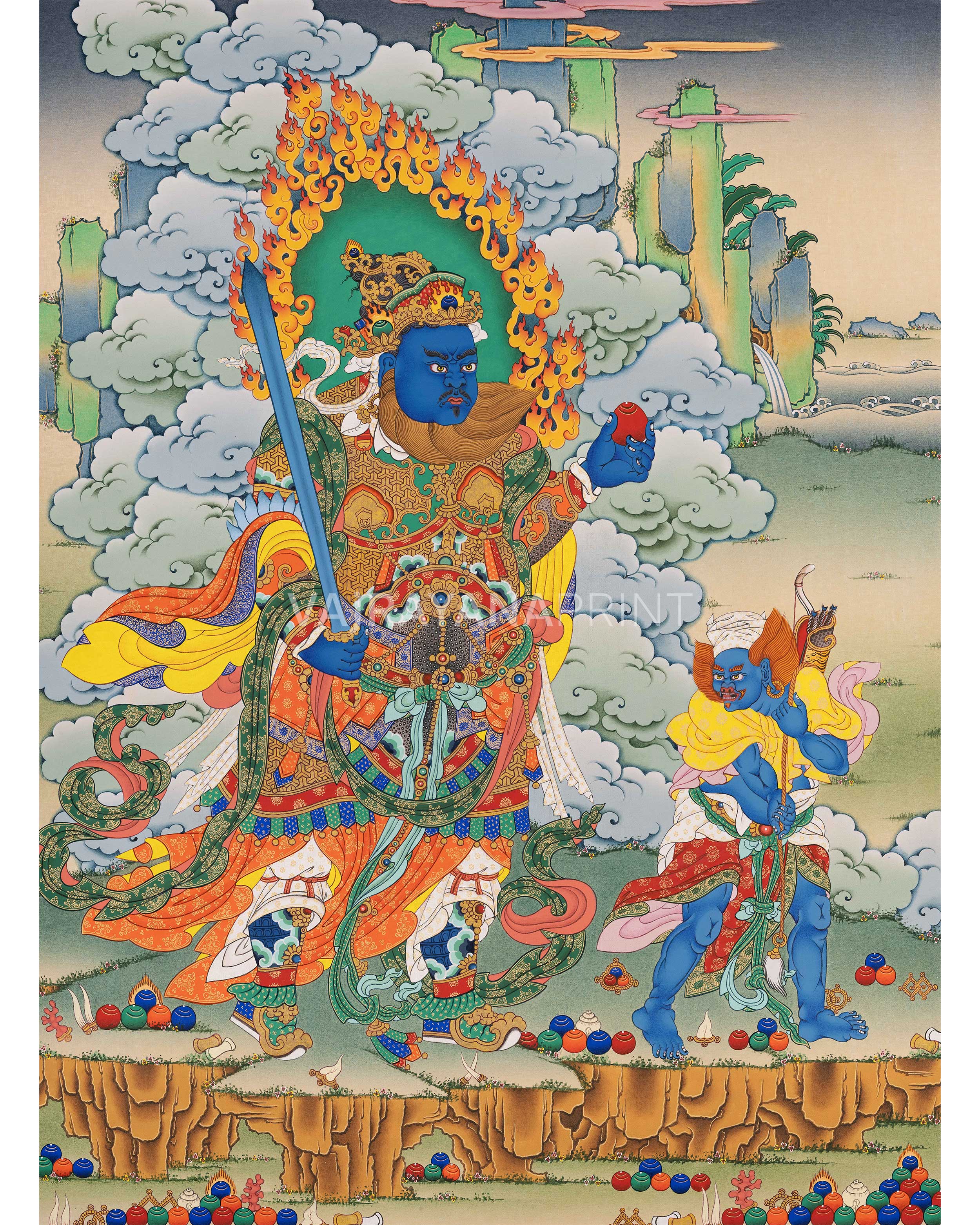4 Directional King
8 products
Showing 1 - 8 of 8 products
The Celestial Musician: Harmonious Figures in Mythology and Religion
A common theme in mythology and religion worldwide is the idea of the celestial musician, also referred to as the heavenly musician or divine minstrel. These individuals are very significant and are linked to themes of beauty, creativity, and spirituality. They are frequently seen in a variety of cultures and belief systems. We shall examine the history, importance, characteristics, and cultural depictions of heavenly musicians in this essay.
Background:
Celestial musicians are first mentioned in ancient mythology, where they are typically described as extraordinary musicians who are either heavenly or semi-divine. These entities are frequently connected to the skies, heavenly spheres, or the divine court, where people believe their music has a significant effect on the surrounding environment and the spiritual health of listeners.
Significance:
Celestial musicians are significant for several reasons:
- Harmony and Balance: It's common knowledge that their music promotes harmony and balance in both the material and celestial domains. The heavenly musicians serve as a poignant reminder of the value of melody, rhythm, and aesthetics in life.
- Spiritual Connection: These creatures' melodies are thought to serve as a conduit between the heavenly and the material world. It is said that listening to their music can elevate listeners' spiritual levels.
- Cultural Symbolism: In various religious and cultural contexts, celestial musicians are also employed metaphorically to stand for the importance of creativity, the pursuit of beauty in life, and the worth of art.
Attributes:
The characteristics of celestial musicians differ according to religious and cultural customs. Nonetheless, typical features could be:
- Extraordinary musical prowess: Angelic musicians are sometimes portrayed as virtuoso players of harps, flutes, lutes, and drums.
- Radiant appearance: They are typically depicted as lovely, radiant creatures frequently decked out in heavenly or celestial attire.
- Wings or ethereal features: Some celestial musicians may be shown with wings, signifying their capacity to soar above the constraints of Earth or their link to the sky.
Cultural Representations:
- Gandharvas are heavenly musicians who live in Lord Indra's court according to Hindu mythology. They are regarded as masters of dance and song, and their beautiful performances have been known to enchant both humans and celestial entities.
- The nine goddesses of inspiration known as the Muses are attributed to various art forms, including music, in Greek mythology. They are frequently depicted as heavenly musicians who encourage human creativity.
- According to Tibetan Buddhism, celestial musicians known as "khandro" and "pawo" are connected to the spiritual discipline of "Chöd" and are thought to use their music to assist in the release of sentient beings.
- In Chinese mythology, heavenly musicians are connected to pleasant and celebratory situations and are occasionally seen in the company of deities.
Star musicians are representations of harmony, beauty, and creativity that can be found in a variety of cultural and religious contexts. Their relevance comes from their music's capacity to unite the spiritual and material worlds, serving as a constant reminder of the transformative power of beauty and the arts on the human condition. Through the enchantment of music, celestial musicians continue to uplift and inspire people, whether in modern cultural representations or the mythology of the past.
